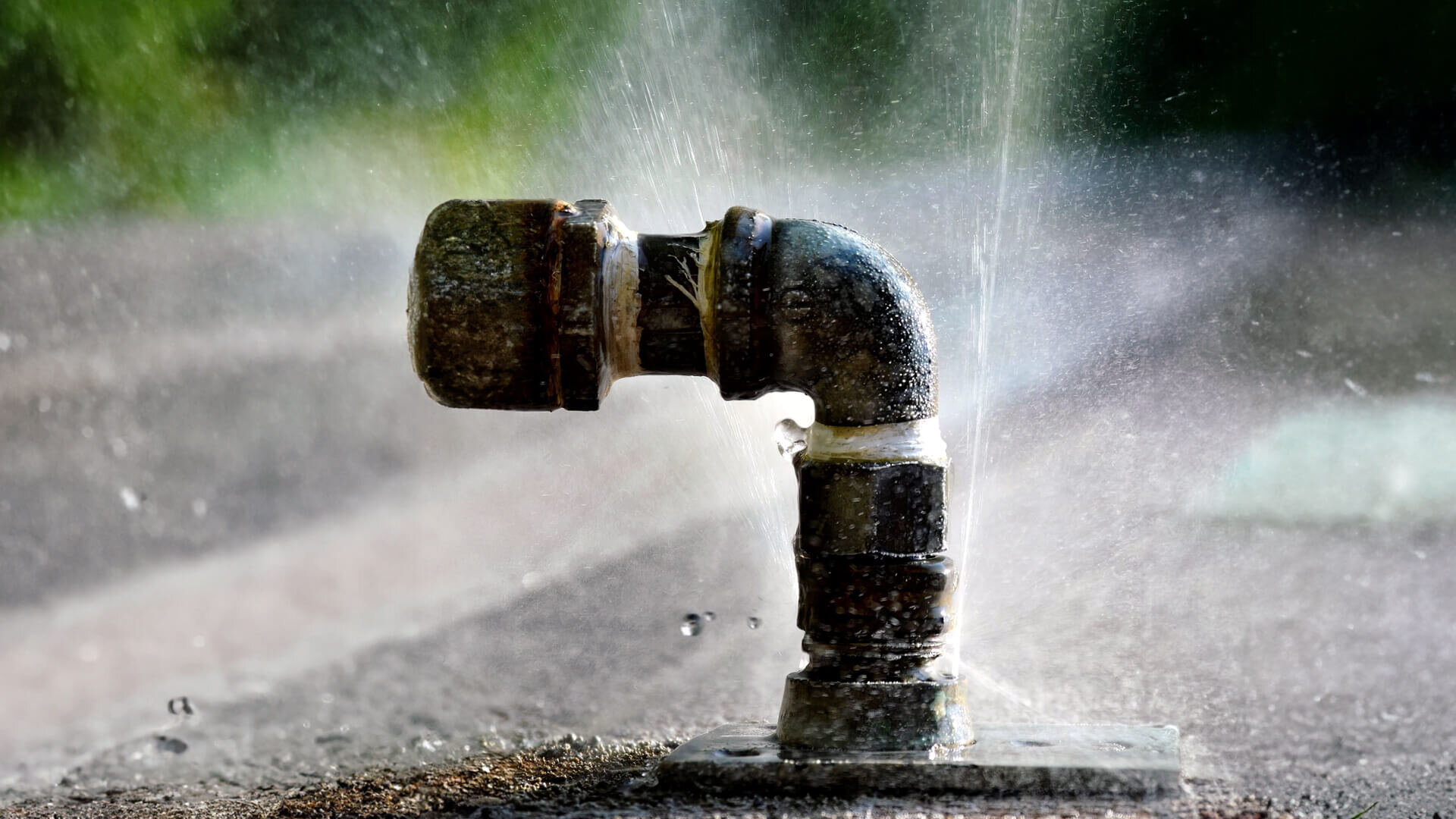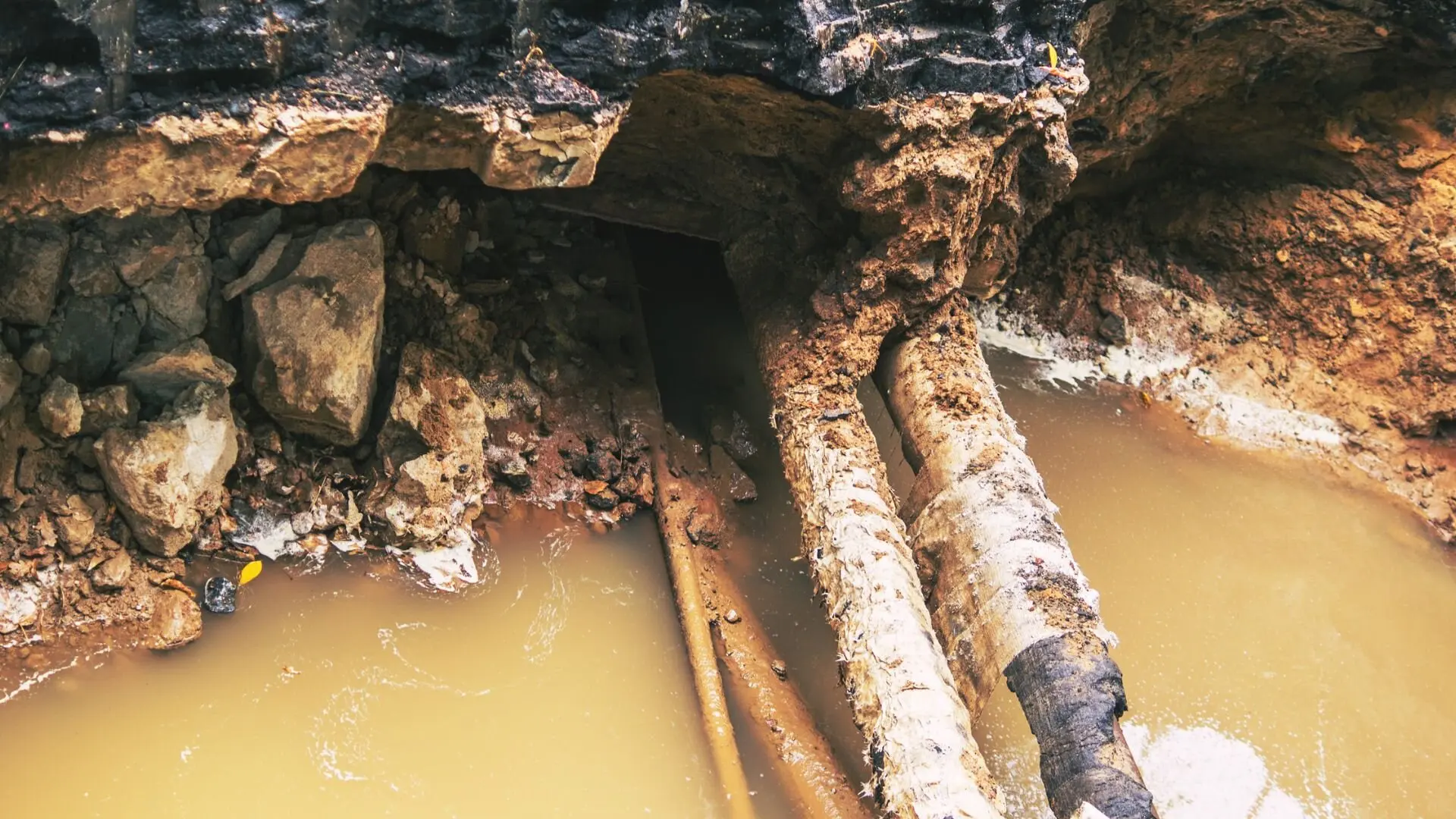Burst Pipe Repair: Professional Solutions to Minimize Damage and Costs
Burst Pipe Repair: Professional Solutions to Minimize Damage and Costs
Blog Article
Avoiding Ruptured Pipes: Vital Tips to Shield Your Pipes
Stopping burst pipelines is a crucial worry for house owners, especially during chillier months when the threat of cold is heightened. Applying strategic actions such as correct insulation, routine evaluations, and maintaining consistent indoor temperature levels can dramatically reduce the chance of pipe failing. In addition, understanding emergency situation treatments gears up home owners to respond promptly to potential plumbing issues. However, lots of are unaware of the specific susceptabilities that their pipes might face. Discovering these vulnerabilities can offer very useful insights into guarding your pipes system efficiently.
Understand Pipe Vulnerabilities
Comprehending pipe vulnerabilities is vital for effective pipes upkeep and preventing expensive damages. Several variables add to the sensitivity of pipes to bursts, including product structure, age, and ecological conditions. Older pipelines, particularly those made from galvanized steel or polybutylene, usually break down with time, causing increased danger of leakages and tears.
Temperature variations can also substantially influence pipe stability. In cooler climates, water trapped in pipes can ice up, putting in and broadening stress on the pipeline walls, which may eventually bring about a burst. High water stress can strain pipelines, particularly at bends and joints, increasing the possibility of failing.

Insulate Pipeline Appropriately
Correct insulation of pipelines is vital for protecting against cold and succeeding bursts during cold weather condition (burst pipe). Shielding your pipes system properly safeguards versus temperature level drops that can result in expensive damage. Begin by identifying susceptible locations where pipes are exposed to outdoor temperature levels, such as cellars, attic rooms, and exterior walls
Usage foam pipeline insulation sleeves or cover insulation tape around these areas to provide a protective obstacle. Make sure that all sections of the pipes, specifically those with minimal warm exposure, obtain ample insulation. Pay special attention to joints and installations, as these are much more susceptible to cold.
When shielding, it's necessary to select materials that fulfill regional building ordinance and are proper for the particular environment. For circumstances, fiberglass insulation is typically recommended for its thermal resistance homes - burst pipe. In addition, consider utilizing warm wires or tape in severe problems, which can be plugged in to give additional warmth
Consistently check shielded pipes for any kind of indications of wear or damages, as compromised insulation can diminish its performance. By taking these aggressive actions, you substantially decrease the risk of pipe bursts, ensuring a reputable pipes system throughout the winter season.
Maintain Constant Temperature Level
A stable indoor temperature is necessary for protecting against burst pipes during the freezing months. When temperatures decrease, water within pipelines can ice up, developing and expanding pressure that might eventually create the pipes to burst. To mitigate this risk, property owners ought to preserve a consistent temperature throughout their space, ideally no lower than 55 ° F(13 ° C)Utilizing a programmable thermostat can help manage indoor temperature levels effectively, ensuring that spaces with pipes continue to be cozy even when your home is vacant. Pay special attention to locations that are extra at risk to cool, such as attics, garages, and cellars. Maintaining cupboard doors open under sinks can likewise permit warmer air from the home to distribute around pipes.
On top of that, it is prudent to allow taps to drip a little throughout extreme cool spells. This minor flow of water can prevent cold by minimizing stress within the pipes. Furthermore, during specifically serious climate events, think about temporarily suspending any kind of nighttime obstacles on your thermostat to preserve a steady cozy environment. By carrying out these methods, homeowners can dramatically reduce the risk of pipe ruptureds and guard their pipes systems against the severe wintertime components.
Consistently Check Plumbing
Normal inspections of pipes systems are vital for protecting against ruptured pipelines and preserving total home integrity. During these examinations, it is essential to check out visible pipelines for signs of corrosion, leakages, or use.
In addition, inspecting joints and connections is crucial, as these points are commonly prone to leaks. Home owners ought to likewise examine water pressure levels, as too much stress can stress the pipes system and enhance the risk of pipeline bursts.
Consider scheduling professional plumbing examinations at the very least once a year, particularly prior to wintertime, to ensure your system is prepared for cooler temperature levels. By being positive in your method, you can guard your home against the imp source disruptive and pricey repercussions of ruptured pipelines.
Know Emergency Situation Treatments
Comprehending emergency treatments is vital for every property owner, particularly after conducting regular pipes inspections. Being prepared for a plumbing emergency situation can significantly minimize damages and save expenses. Locate your main water shut-off valve; it is typically found near the water meter or where the major line enters your home. Acquaint yourself with its operation, as turning off the water promptly can protect against substantial flooding.
Following, maintain important tools handy. A plumbing emergency kit need to consist view of a wrench, bettor, and towels, along with a flashlight and a pail for little leakages. Furthermore, think about having the contact details for a trusted plumber conveniently offered, must the situation intensify past your control.
If you discover a leak or burst pipe, immediately shut off the water supply and inform your plumbing technician. Furthermore, record the damages with photographs for insurance coverage purposes. burst pipe. Know the indications of potential pipes problems, such as uncommon water stress changes or damp places on wall surfaces
Inevitably, aggressive expertise and quick action are essential in handling plumbing emergency situations, ensuring your home stays protected and lessening possible damages.

Conclusion
In final thought, protecting against burst pipes demands a diverse approach that consists of understanding pipe vulnerabilities, appropriate insulation, keeping consistent indoor temperature levels, routine inspections, and expertise of emergency situation treatments. By executing these vital strategies, the threat of plumbing failings can be considerably lowered, thus making sure the longevity and efficiency of the plumbing system. Positive actions not only protect against possible damage but likewise add to overall water preservation and the protection of residential property.
In cooler environments, water entraped in pipes can freeze, exerting and broadening stress on the pipe wall surfaces, which may ultimately lead to a burst. When company website temperature levels drop, water within pipes can ice up, expanding and producing pressure that might inevitably trigger the pipelines to ruptured. By carrying out these methods, house owners can significantly decrease the threat of pipe ruptureds and protect their pipes systems against the extreme wintertime elements.

Report this page